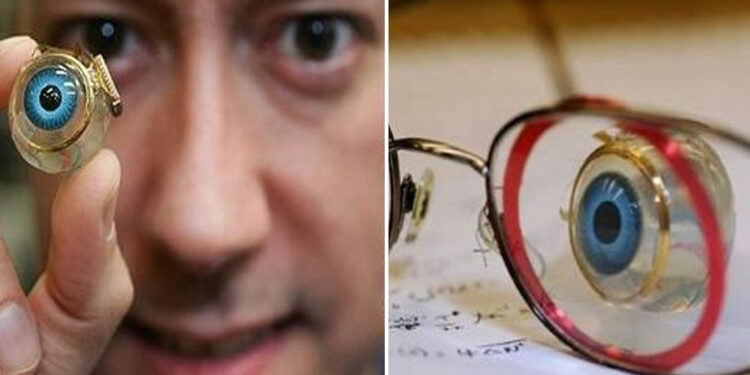Australian researchers develop bionic eyes to restore vision for the blind
Genetic diseases affecting the retina, such as retinitis pigmentosa, are leading causes of blindness among working-age adults, impacting over 2 million people globally.
These conditions result in progressive vision loss and currently have no cure, highlighting a need for innovative technologies that can assist individuals who are blind or visually impaired in navigating their environments.
READ ALSO: ABU surgeons perform groundbreaking cerebral aneurysm clipping surgery
Development of the bionic eye
Researchers at the Bionics Institute, in collaboration with the Centre for Eye Research Australia, CSIRO, and ANU, have been at the forefront of developing a bionic eye aimed at restoring vision specifically for patients suffering from retinitis pigmentosa. This device is an implant that is inserted into the retina and works in conjunction with a video camera mounted on glasses. The camera captures images from the environment and converts them into electrical impulses. These impulses stimulate retinal cells through an array of electrodes—44 platinum disc electrodes arranged in a staggered grid—designed to activate remaining viable retinal neurons.
Clinical trials and results
In 2018, a prototype of this bionic eye was implanted into four individuals who had lost their vision due to retinitis pigmentosa. The results from these initial trials were promising; participants reported experiencing a “sense of vision,” which allowed them to detect edges, shapes, and movement. This trial not only demonstrated that the device was safe but also indicated significant improvements in quality of life and functional vision for the recipients. Participants noted enhanced independence and social interaction as they became more aware of their surroundings.
Following these encouraging results, researchers partnered with Bionic Vision Technologies to initiate worldwide clinical trials aimed at seeking regulatory approval for broader use. The next generation of this retinal implant system is under development, which aims to provide higher visual acuity through an innovative stimulation strategy known as Neural Activity Shaping (NAS). This new approach will be rigorously tested to ensure safety and efficacy before any human trials commence.
Long-term outcomes and future directions
The second-generation bionic eye has shown substantial improvements over time. A study tracking patients from 2018 to 2021 revealed that 97% of electrodes remained functional after nearly three years post-implantation. Patients reported significant enhancements in navigation skills, mobility, and object detection capabilities during daily activities. They expressed increased confidence when exploring new environments and reduced reliance on traditional mobility aids like canes or guide dogs.
As research continues, there is optimism about further advancements in bionic eye technology that could benefit a wider range of patients suffering from various forms of retinal degeneration.





























